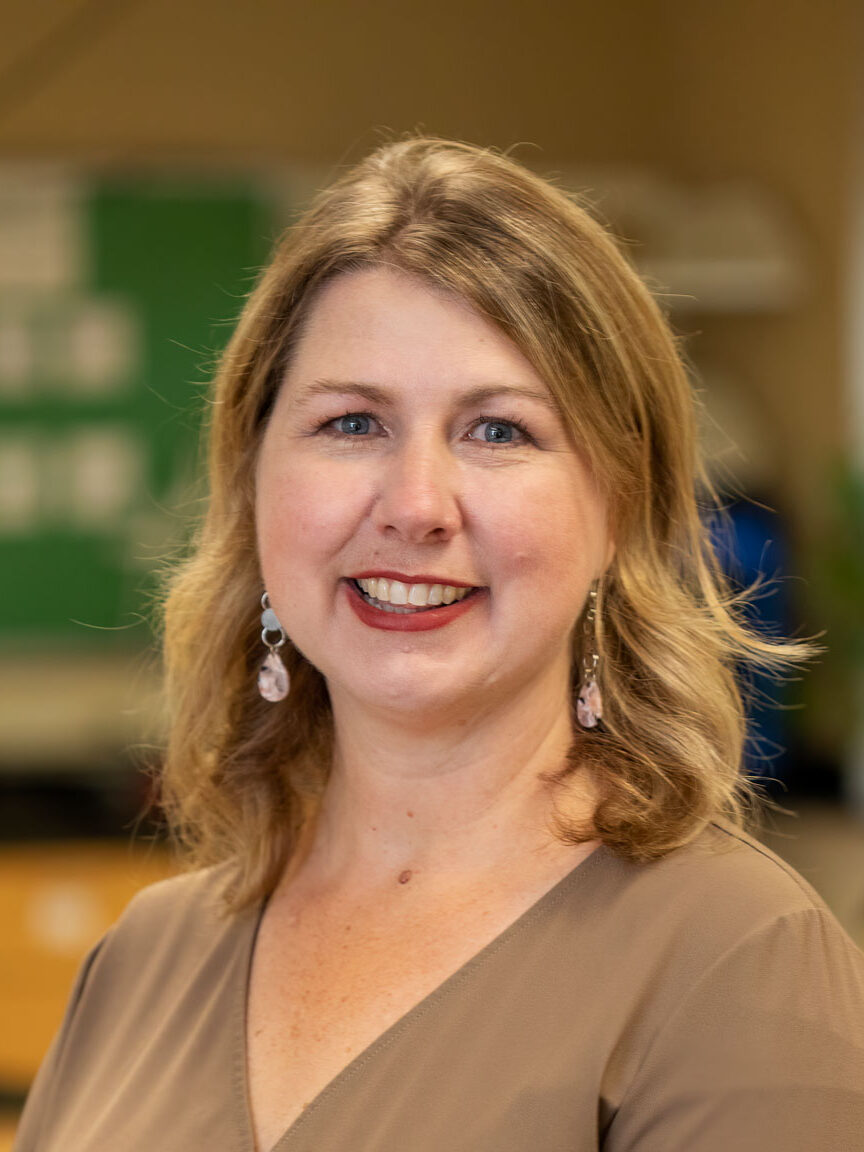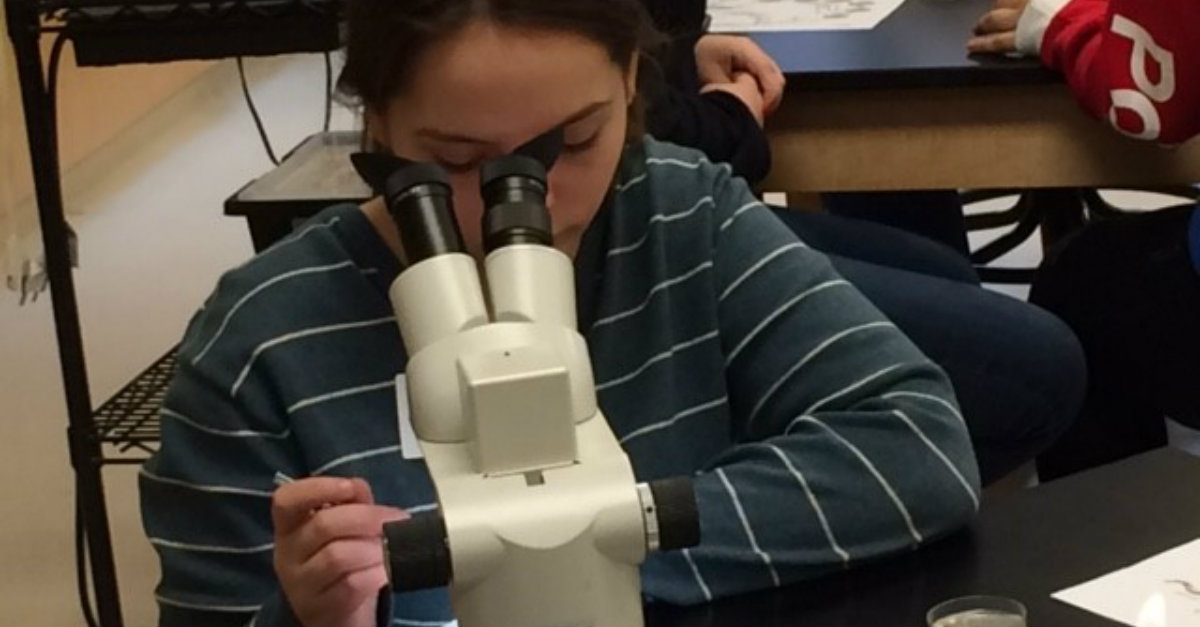I’m not exactly sure when it happens. Probably around the same time your kids learn how to operate a smartphone better than you. Somewhere between the cradle and the grave, we develop an “Us. Vs. Them” mentality, where we “adults” separate ourselves mentally, emotionally, and socially from “children”. It’s all quite natural as you wrestle with how the world evolves from generation to generation. That is, until a smidge of judgment slips in and you find yourself at Thanksgiving listening to parents say, “Back in my day…” while the kids roll their eyes and mutter, “OK, Boomer”.
Outgrow the Stereotypes
It’s easy to see what happens. The stories we hear of today’s youth would lead anyone to believe that teenagers in this generation are lazy, entitled, and ungrateful. On top of that, the elementary students of today are destined for nothing more than their inevitable fate of becoming lazy, entitled, and ungrateful teenagers. In truth, there is so much more to the story of today’s youth. Take the accomplishments of 16-year-old Joanna Wirazka, for example. She is a Polish artist who paints enchanting land and cityscapes using fallen leaves as her canvas.
Why is Joanna Wirazka important? I share this story to counter the many negative images of teenagers today and remind you that there is potential for greatness in all your students. A few of them will find this greatness without you, but for many of them, if you don’t see it, they never will. I hope this account will open your eyes to the Joanna Wirazka’s in your classroom.
Empowering Your Classroom
Still, it’s not enough for you to see it; your students need to see it too. Just as Joanna uses an unconventional material for her artwork, you can use unconventional stories to teach your content standards. Joanna’s story is a perfect springboard for lesson plans across a variety of content areas and grades.
- Literacy: Setting, predicting, making connections, inferences, author’s purpose, vocabulary, narrative, expository, or persuasive writing.
- Math: Counting and computation, number talk, patterns, geometry, ratios and proportions, statistics and probability.
- Science: Ecosystems, weather and climate, human impacts on earth systems, observation and scientific inquiry, investigation, engineering design.
- Social Studies: Economics, goods and services, political and physical geography, culture.
Building a Legacy
Tom Brokaw dubbed the World War II generation as “The Greatest Generation” and they certainly embodied noble traits that propelled this country to being one of the greatest places to live and work. No doubt. But souls that our left from that generation are now between the ages of 70 and 115. Are we willing to accept that the greatest generation will soon be extinct? Wouldn’t we rather have our children be the next great generation, and then their generation after that?
Find stories of exceptional youth. Celebrate them. Share them. Use them to teach your content. Use them to inspire your students. Let them rekindle your love for the students you serve.

